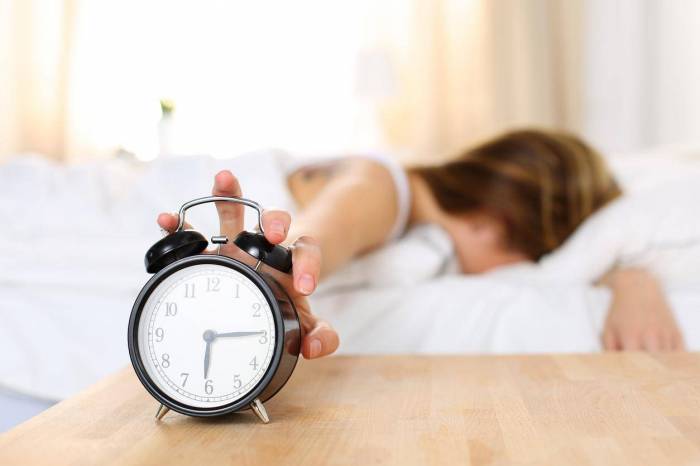Early risers rejoice and those of you who hit the snooze button - at least you get to do it with a bit of light in your room.
Here's a guide to why we change our clocks and how to cope with losing an hour of the day:
1. When does this happen?
Daylight Savings Time kicks in on Sunday 11 March at 2am EST/7am GMT. For those of you in the UK, you will be on British Summer Time (BST), which is labelled as GMT+1.
The east coast of the US and UK will then only be four hours apart.
Most mobiles these days will take care of changing automatically so rely on that if there are analogue clocks in your home.
Just to make sure though, you can click on the 'Date and Time' settings tab on either your Android or iPhone and make sure it is set to update on its own.
2. How will this affect me?
According to the National Sleep Foundation, people sleep about 40 minutes less on average on the night after the switch over to Daylight Savings Time.
Dr Harneet Walia of the Cleveland Clinic said the best way to make up for that time is to prepare yourself during the week before: “Begin by going to bed 15 to 30 minutes earlier than your usual bedtime".
The extra early morning sunlight will also help your body adjust but she said it is best to avoid naps over 20 minutes long to make sure your nighttime sleep is not interrupted.
Just remember to schedule that Sunday's events for later in the day for that one friend who will inevitably use the clock change as an excuse for being late.
3. Why do we do this?
Benjamin Franklin, one of the Founding Fathers of the US and a noted polymath, came up with the idea of resetting clocks during the summer in order to save energy. The practice became widespread on 21 March 1918 as a way to reduce the number of hours homes needed to use lighting and electricity.
It became a federal law in the US in 1966, but some states opted out of observing it.
Arizona, American Samoa, Hawaii, Guam, the Northern Mariana Islands, Puerto Rico, and the US Virgin Islands do not lose an hour during their days - except for protected lands of the Navajo Native American tribe in Arizona, who do observe the time change.
4.The Monday after
As if Mondays weren't hard enough, the missed sleep and harsh sunlight after a long, dark winter can throw some people off.
A Pennsylvania State University study showed that workers spend more time than normal on the Monday after the time change surfing the web for non-work related content. Employers beware, you could take a slight hit on productivity.
Cardiac patients take note - Americans already sleep too little compared to the rest of the world, which has a stressful effect on your heart. A 2013 study conducted by the University of Colorado showed that acute myocardial infarctions increase by 24 per cent on that Monday.
The Journal of Applied Psychology published a 2009 study that showed an increase in workplace injuries on the Monday after Daylight Savings Time from 1983 to 2006, as well.
5. When do we plunge back into cosy pyjamas, Netflix binges, and dark mornings?
On Sunday 6 November 2018, you can count on just a bit more rest for your hibernating needs.
The Independent
More about: DaylightSavingsTime
















































